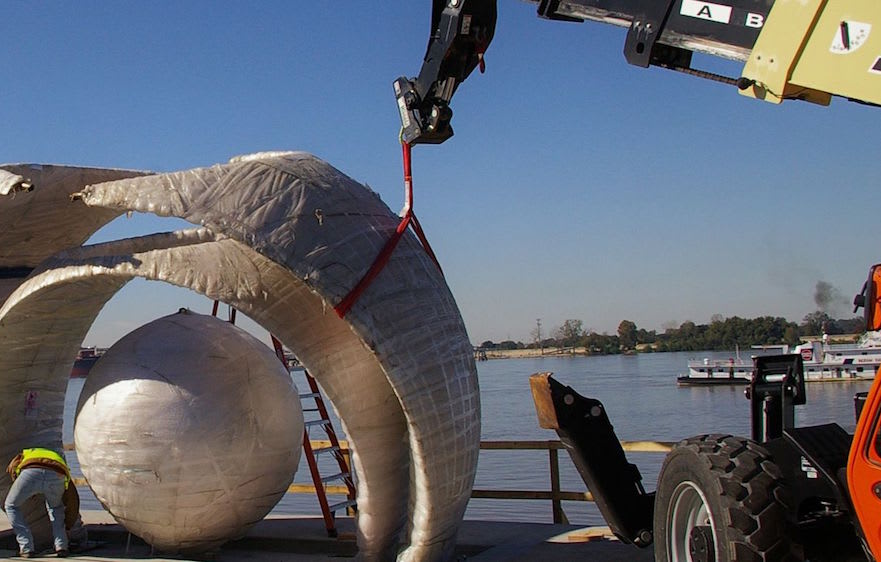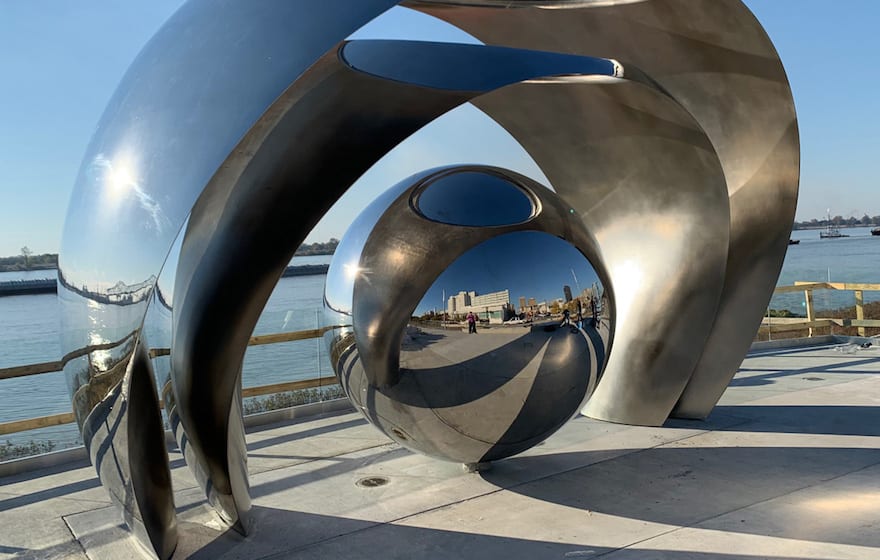Powered access equipment manufacturer JLG Industries has saved 3,000 working hours in locating and generating product information for clients and gained new business as a result of hosting its 3D models in the cloud.
Working with a partnership of BIMobject Cloud and Majenta, JLG has turned the job of locating and supplying spec sheets, and operating and service manuals to customers from "a real palaver" to a sales success story.
Here’s how.
The challenge
JLG was receiving ever-increasing requests for 3D models and data related to their machines from engineers and main contractors.
According to Neil Doherty, JLG chief engineer, the manufacturer "had to have models to give to engineers so they could plan". The corporate thought process was "if they plan with our machines, then hopefully they’re going to rent or buy our machines".
JLG wanted its customers and potential customers to easily and freely access parametric models of its range with all the dimensions, specifications and any other information they might need.
The equpiment manufacturer was researching how best to achieve this – would hosting the 3D models on their own site be best or not? – when Majenta called to talk about BIMobject Cloud, one of the world’s largest BIM content hosting platforms. Majenta is the UK partner for BIMobject.
According to JLG principal engineer James Hahessy, it was "perfect timing"; JLG was struck by the message to put its goods "where people are shopping and to follow the virtual footfall".
The solution
JLG’s BIM models are hosted on the BIMobject Cloud through a global subscription package managed by Majenta.
BIMobject users can access JLG’s 3D geometry and parametric information online as well as downloading models in different data formats, including Revit and IFC.
As they do so, analytics data is generated, meaning JLG’s teams, segmented by regions and countries, can see and respond to how users are interacting with their models. This data includes how many and which specific JLG models the cloud users are downloading, and where those downloads originate from.
To ensure a single, safe source of information on each product, JLG implemented an internal design workflow to ensure that any changes made to the source model were captured and updated in the BIM model, meaning "end-users have confidence in the models they’re getting," said Hahessy.
The outcome
There are now more than 150 JLG product families hosted on the BIMobject Cloud.
Having the models readily available has meant JLG has engaged with "customers from all over the world in unique and high-value projects that we could never have imagined our models going into," according to Doherty.
JLG’s sales teams’ engagement with the model information held by BIMobject is increasing as they see it as a reliable source of knowledge. Customer uptake has been particularly good in Europe.
Furthermore, JLG calculates it has saved approximately 3,000 hours in working time that would have previously been spent locating and sharing the information ("a real palaver") that is now embedded in the cloud-hosted 3D models.
Doherty noted that previously the wrong products were often selected for construction projects, which then needed to be withdrawn, causing added costs and delays; now JLG is seeing its models actually "helping customers to solve problems before they know they have them".

BIM-specified JLG telehandler helps instal the sculpture on the Baton Rouge riverfront
Case study: statue installation success with BIM models
US industrial contractor Turner Industries Group used 3D BIM models of JLG’s equipment to ensure the safe installation of a sculpture on the Mississippi riverfront in Baton Rouge, Louisiana.
The key challenge for the contractor was the "extremely limited space requirements" on the levee.
"One wrong little step and you would’ve been hearing about this on the news," said Mark Kenney, rigging engineer on the project.
Using the BIM model for the JLG 1255 telehandler, however, Kenney and his team were able to overcome that obstacle. The 3D BIM model’s precise specifications allowed them to visualise its exact placement on the levee and share that information with the client and the artist of the sculpture.
"It was much easier…versus looking at a specifications sheet," Kenney said. "Since it was a 3D model, I was able to put the boom with the [telehandler] to show the customer how we planned on doing it. It worked out really well."
Using the JLG 1255 telehandler, the crew unloaded each of the sculpture’s three primary pieces with the carriage and forks. However, the outer shell of the sculpture was too large to ship as one piece. Split down the middle in two halves, the outer piece needed to be connected together and installed while being held aloft so as not to scar the reflective, stainless-steel surface.
Thanks to effective planning with the BIM model and prior communication with JLG, the team knew they had the right equipment for the task.
In coordination with a 150 tonne-capacity crane, "the [telehandler] lifting hook attachment turned out to be the best way to do that due to space restrictions and flexibility," said David Bondurant, manager of the rigging department on the project.
For more information on the JLG/BIMobject Cloud/Majenta relationship, follow this link: https://www.majentasolutions.com/case-studies/jlg/

The finished sculpture in position















